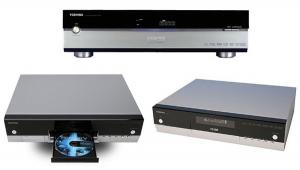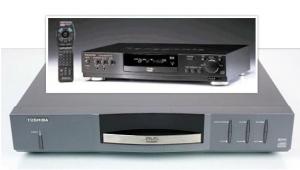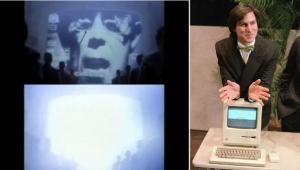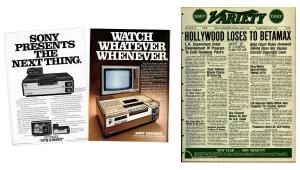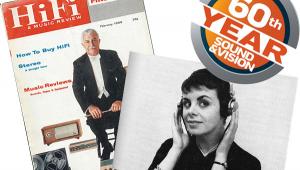Flashback 1975: The VCR Is Born
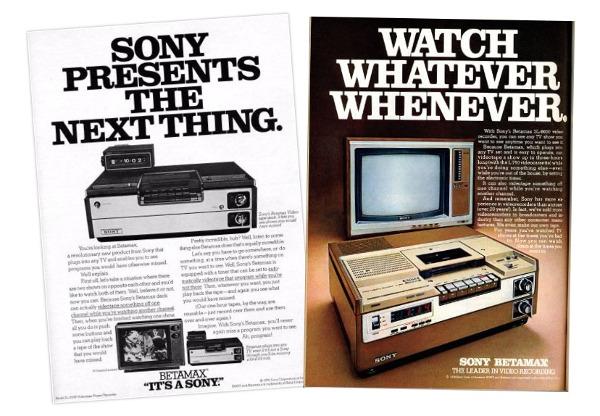
For the first time in history, TV viewers could record or “time shift” shows for later viewing — a revolutionary concept at a time when you had to “tune into” the program you wanted to watch or wait for the repeat broadcast at some unknown future date and time. It was early days for cable TV, which at that time served rural America, so TV was still very much the province of the three major broadcast networks — ABC, CBS, and NBC.
History was made again when JVC introduced the rival VHS videotape format in Japan in 1976 and RCA followed with the U.S. launch in the summer of 1977, sparking the mother of all format wars. Within a few short years, VHS was winning the battle in a decisive way and by 1988 Sony would swallow its pride and start selling VHS decks.
The Betamax video recorder also became the symbol of recording rights when Universal Studios and the Walt Disney Company Hollywood sued Sony in 1976, alleging that its use constituted copyright infringement. The result was a court battle that dragged on until 1984 when the Supreme Court handed down a landmark decision affirming the right to record TV programs for personal use. Ironically, by the time the historic ruling was handed down, one in five American TV households already owned VCR and VHS was outselling Beta by a wide margin.
As we wrote in “Flops: Fourteen Formats and Technologies that Could Quite Hang On,” the downfall of Beta, as the format was known, is a story of stubborn pride and bad decisions:
Sony introduced the first consumer VCR in late 1975, nearly two years before VHS entered the market, but squandered its lead by failing to line up a critical mass of support for the format. When JVC launched the conceptually similar but slightly bulkier VHS format in 1977, it already had the support of other top brands, including TV market leader RCA. Aggressive licensing, coupled with a recording time of two hours versus Beta’s one hour, gave VHS instant market momentum. Convinced that even longer recording times were necessary for sporting events, RCA equipped its first VCR with a four-hour long-play mode, sparking a tape length/recording time war that eventually topped out at five hours for Beta and 10.6 hours (with awful picture quality) for VHS.
Remarkably, the Beta format lived in relative obscurity for decades. Sony stopped production of Betamax recorders in 2002 but continued making Beta videocassettes until 2016.
Related:
The VCR Is Dead (and you thought it died years ago)
Flops: Fourteen Formats and Technologies that Could Quite Hang On


